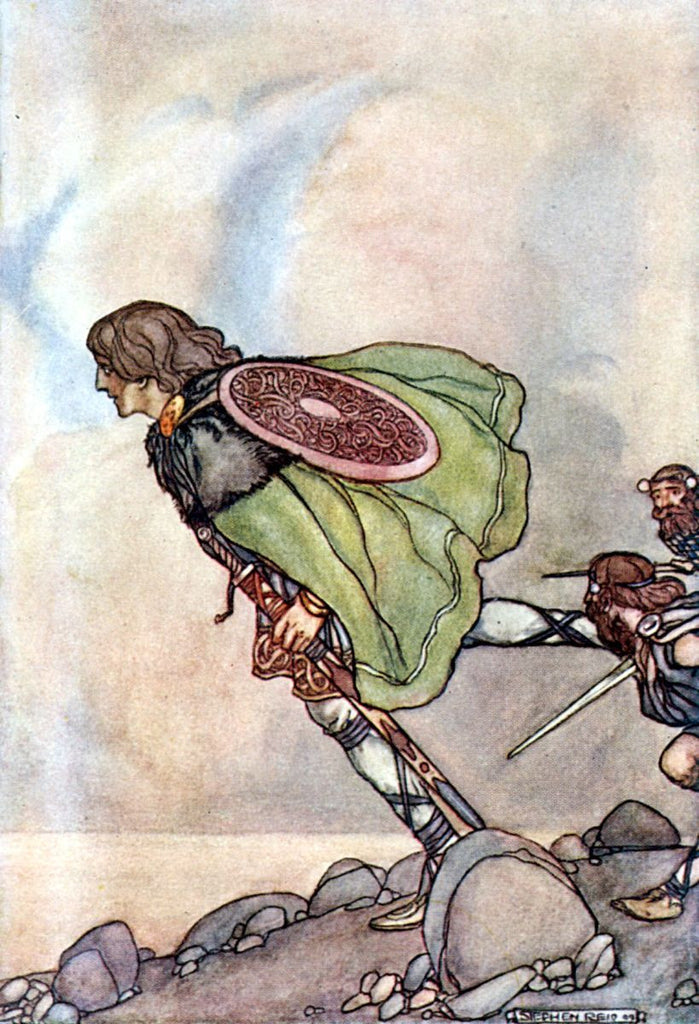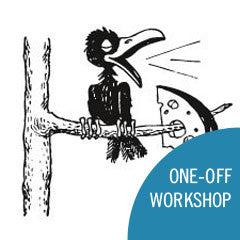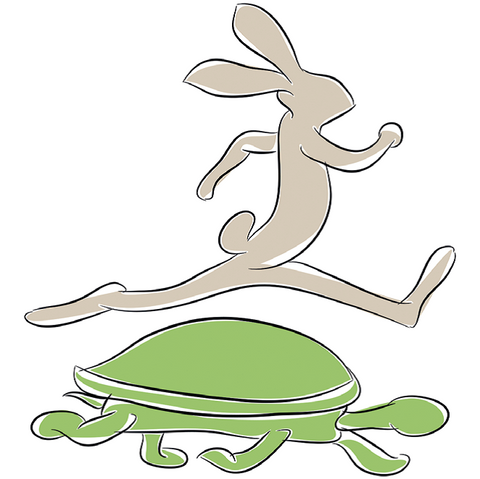
Celtic myths
£14.95
Celtic mythology is a fantastic stimulus for KS3 Drama. However, like Greek or Roman mythology, it is also a vast topic. For that reason, this scheme of work is based on a range of myths from a collection compiled by Irish author Sam McBratney. The text is readily available on Amazon.
The scheme is based on four myths and divided up into hour-long sessions based on these. The scheme uses a variety of techniques to explore the texts including devising, improvisation, monologue, tableaux and direct address to the audience. Each myth has a suggested timescale which can be shortened or extended to suit you and your students. The final session has suggestions to lead students through an assessment piece.
Introductory research
As students may not be familiar with Celtic history or mythology an initial research task based on the Celts may be appropriate. Students could research some information and then create a presentation, TV show or TV advert to inform the class of their findings. This could either be done in lessons or as a homework task.
Learning objectives
- To use tableaux to create images from the story
- To explore the use of internal monologue to express characters’ feelings
- To explore characters’ true feelings through monologue
- To devise a scene based on the story, showing the change in dynamic when one character leaves
- To devise four scenes deciding what happens to the servants or Aoife when Lir finds out what has happened
- To improvise the opening section of the story, paying close attention to facial expression to show the characters’ feelings
- To create a scene using repeated movement to demonstrate the demise of Brian
- To use physicality and choral voice to create the King’s harp
- To sculpt a partner into the shape of Rag Nell and King Arthur, paying attention to physicality
- To improvise a scene when Rag Nell and Arthur meet
- To use the story to devise a scene using direct address to the audience
- To use the story to devise a piece of physical theatre using choral voice
Number of lessons: 8


